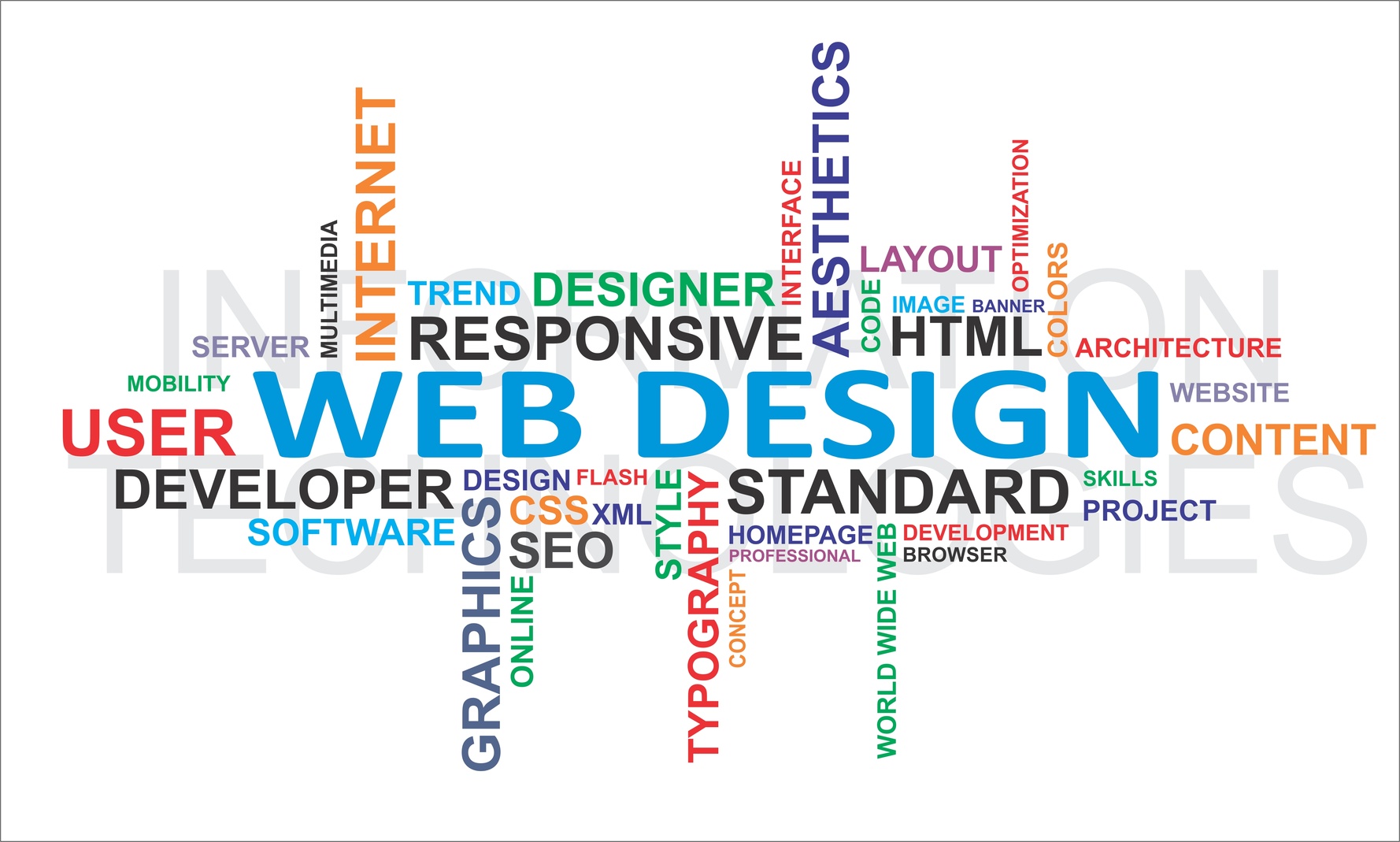Just How Reliable Internet Design Can Boost Individual Experience and Conversions
In the increasingly affordable digital landscape, reliable web style plays a crucial duty in enhancing individual experience and driving conversions. As we discover the essential components that contribute to successful web design, it ends up being evident that the influence on user fulfillment and conversion prices is extensive.
Importance of User-Centric Layout
In the world of website design, focusing on user-centric style is critical for developing efficient electronic experiences. This approach focuses on comprehending the needs, choices, and behaviors of customers, making sure that electronic interfaces are instinctive and easily accessible (Web design). By incorporating user responses into the design procedure, web designers can craft experiences that resonate with their target market, ultimately resulting in increased interaction and contentment
User-centric design highlights use, which is essential for keeping customers and lessening bounce rates. When users can browse a site easily, they are most likely to discover its content and exchange customers. Furthermore, a user-centered approach promotes depend on and reputation, as individuals feel that their demands are valued and attended to. This not just improves their experience yet also encourages brand name commitment.

Crucial Element of Efficient Layout
Reliable design offers as the foundation of user-centric internet design, converting individual requires into aesthetic structures that facilitate communication. A well-organized design prioritizes web content via a clear hierarchy, leading users' eyes to important info initially. This hierarchy is typically developed utilizing spacing, color, and dimension, ensuring that essential elements stand out.
One more crucial element is making use of whitespace, which prevents overcrowding and boosts readability. Web design. Whitespace allows components to take a breath, making the overall design show up cleaner and simpler to navigate. Furthermore, consistency in style components, such as shades and fonts, fosters experience and count on, making it possible for customers to browse the site with higher simplicity
Grid systems can likewise be very useful, supplying a structure that lines up content practically and visually. This placement improves the user experience by creating an organized visual circulation. Furthermore, adaptability in layout-- like receptive style-- guarantees that internet sites carry out well throughout different devices, dealing with varied individual preferences.
Inevitably, a reliable format not just mesmerizes individuals but likewise encourages them to involve more deeply, inevitably meeting and driving conversions company goals. By focusing on these crucial aspects, designers can create designs that resonate with customers and improve their overall experience.
Navigational Best Practices
Clear and intuitive navigating is important for boosting individual experience on a website. A well-structured navigation system allows individuals to locate information quickly, which directly impacts their complete satisfaction you can try these out and chance of conversion - Web design. Implementing an ordered structure is important; use categories and subcategories that realistically group associated content, making it easier for visitors to explore
Guarantee that switches, web links, and food selections keep harmony in style, shade, and positioning throughout all pages, providing customers with an acquainted framework as they browse. Rather of generic terms, opt for clear labels that precisely reflect the web content, aiding users in making informed choices.

Mobile Responsiveness and Ease Of Access

Access, on the various other hand, concentrates on making internet sites functional for people with specials needs. This includes sticking to guidelines such as the Web Web Content Accessibility Standards (WCAG), which address concerns like color comparison, text dimension, and key-board navigating. By carrying out these requirements, internet developers can produce comprehensive experiences that accommodate a more comprehensive audience, consequently enhancing user interaction and satisfaction.
Furthermore, mobile responsiveness and access not only enhance customer experience yet additionally favorably influence search engine rankings. Look engines focus on easily accessible and mobile-friendly websites, making them much more most likely to show up in pertinent search engine result. Spending in these elements of internet style not only satisfies individual requirements but also contributes to general organization success through enhanced exposure and improved conversion rates.
Measuring Success Via Analytics
Tracking customer communications and actions with analytics is crucial for analyzing the success of an internet site. By leveraging devices such as Google Analytics, services can collect vital data that reveals how customers involve with their site. Metrics such as bounce rates, ordinary session period, and conversion rates provide understandings right into his comment is here individual behavior and can highlight locations for enhancement.
Comprehending user demographics and website traffic sources even more boosts an internet site's efficiency. This data permits internet designers to customize material and layout components to better fulfill the requirements of their target audience. In addition, tracking particular customer journeys helps determine potential traffic jams in the conversion funnel, making it possible for organizations to enhance their website design accordingly.
A/B testing different style components can give concrete evidence of what resonates with individuals, enabling for notified choices based on real-world efficiency. Ultimately, measuring success with analytics not only improves customer experience yet additionally drives conversions, ensuring that web layout initiatives straighten with business objectives.
Conclusion
In final thought, effective web layout plays a pivotal role in improving individual experience and driving conversions. Eventually, measuring success through analytics allows for continuous renovation, making sure that design strategies continue to be lined up with user demands, thus fostering service growth and success.
In the significantly affordable digital landscape, efficient web layout plays a he has a good point critical role in improving user experience and driving conversions. By incorporating user comments into the style process, internet designers can craft experiences that resonate with their target audience, inevitably leading to boosted engagement and contentment.
Ultimately, the relevance of user-centric design exists in its ability to produce purposeful interactions that drive conversions and foster lasting relationships with individuals, making it an essential part of successful web layout strategies.
Eventually, gauging success through analytics not only boosts user experience however additionally drives conversions, ensuring that web style initiatives align with service purposes.In conclusion, efficient internet layout plays a pivotal function in boosting customer experience and driving conversions.